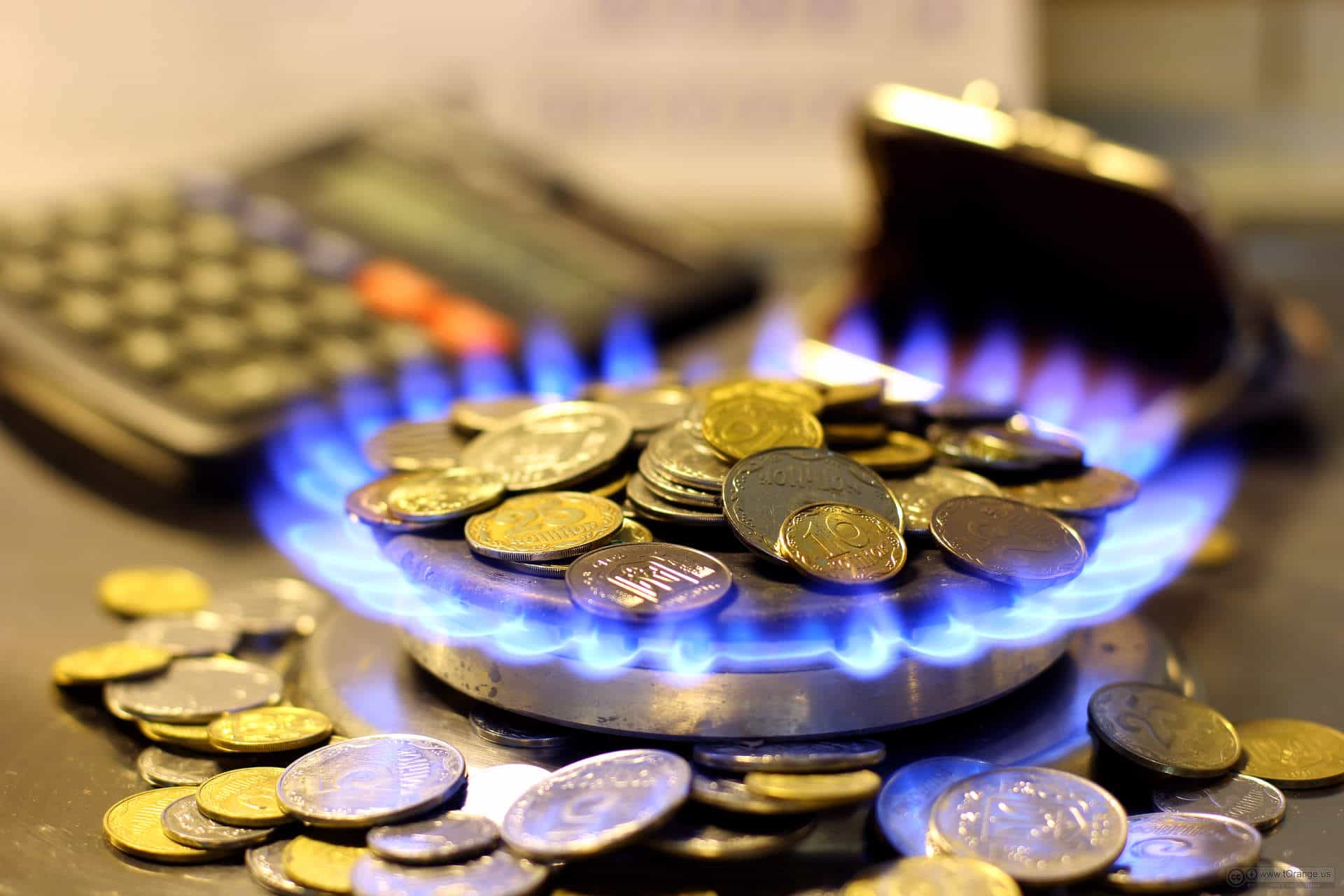Intermediate oil and gas producer Canacol Energy (TSX:CNE) reported some solid second-quarter 2018 results, indicating that the driller is successfully re-positioning itself as a leading natural gas producer in the Latin American nation of Colombia. These results indicate that there is plenty of upside ahead for Canacol, as it moves to take full advantage of favourable local market conditions.
Now what?
For the second quarter, Canacol reported that production shot up by an impressive 25% year over year to 21,519 barrels daily — 91% weighted toward natural gas. That solid lift in natural gas output can be attributed to ongoing production increases at Canacol’s flagship gas assets located in Colombia’s lower Magdalena Basin. The completion of the company’s partially owned Sabanas pipeline also helped to boost production by creating additional transportation capacity, allowing Canacol to ship more natural gas to key Colombian markets.
Disappointingly, regardless of firmer oil, Canacol’s netback — an important measure of operational profitability — weakened falling by 2% year over year to US$22.90 per barrel produced. That can be attributed to a marked uptick in production and transportation expenses, which shot up by 59% compared to a year earlier to US$6.49 a barrel. The main driver of higher operational costs was the additional fixed expenses associated with the new gas fields that were brought online during the quarter.
Despite this solid operational performance, Canacol reported a net loss of US$26 million for the quarter compared to a profit of almost US$12 million a year earlier when realized prices were far lower. This loss, however, can be attributed to Canacol recording a series of non-cash impairment charges in exploration, credit, and depreciation losses rather than any issues relating to the quality of its operations.
The driller is also expecting production to surge over the course of 2018 and 2019 by 44% and 89% year over year, respectively. That solid growth in output will allow Canacol to take full advantage of a worsening supply shortage of natural gas in Colombia and higher oil prices.
In fact, because of the growing supply deficit for gas in Colombia, Canacol has been able to secure some very favourable pricing for the gas it produces domestically. Based on existing contracts the driller has established take-or-pay wellhead contracts for US$4.75 per thousand cubic feet (mcf) of natural gas that it produces in Colombia. This is 62% higher than the wellhead spot price in North America, highlighting just how profitable Canacol’s Colombian operations are for the company.
There is every sign that the supply deficit that exists in Colombia will worsen. The sharp deterioration of natural gas reserves — triggered by rising decline rates at mature fields and a lack of major discoveries — combined with growing demand because of Colombia’s rapidly expanding economy will push prices higher. There are also the implications associated with the near collapse of neighbouring Venezuela’s oil industry, which has caused the natural gas shortage in Latin America, to worsen.
Bogota has commenced receiving liquefied natural gas imports and is in the process of enlarging capacity at key ports to bolster the volume being received. That is unlikely to address the growing supply shortage and creates a considerable inducement for the Colombian government to provide incentives to Canacol and other drillers to invest in bolstering domestic production.
Key among those incentives is the payment of higher wellhead prices, along with Bogota considering tax, royalty, and other reforms aimed at boosting investment in Colombia’s faltering natural gas industry.
So what?
Canacol is well positioned to take advantage of the shortage of natural gas in Colombia. The latest results indicate that its plan to transition to pure-play Colombian natural gas exploration and production is on track. That — along with rapidly growing gas reserves and production, as well as considerable exploration drilling success — means it can take full advantage of the favourable circumstances that exist domestically. It isn’t difficult to see Canacol’s stock appreciating significantly in coming months, especially because it has lagged behind natural gas, losing 9% since the start of 2018, despite the fossil fuel’s 10% gain.







